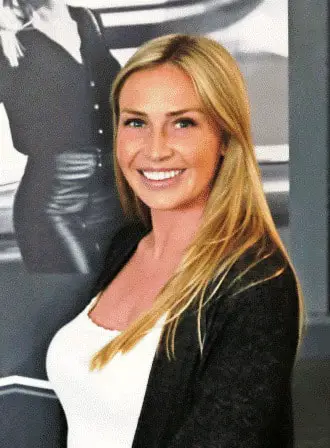Day in the life of
Video Editor – Jim Costa
What does your work day look like?
It depends on the day! When working on the TV show, it can seem tedious and monotonous at times and very exciting at others. The show’s premise is the restoration of muscle cars from the 1960s and 1970s. It is formatted like a reality show. On the typical car restoration, there’s an average of 300 hours of restoration footage and often 75-100 hours more when factoring in the interviews, backstories, and B-Roll. Each scene has 2-5 cameras running so there’s a lot of footage to sort through.
Normally, my day starts at 8:00 am and ends at 7:00 or 8:00 pm. I usually begin by sorting through the footage from the day before. We use Frame.io to label and organize all footage so I’ll begin by organizing the footage and audio from each scene. There are at least 20 cars somewhere along in the restoration process, so we file the footage under each one. It can get specific as well because there’s a general process all cars follow through the workflow. They all need to be disassembled, have body work done, then paint, then the framework, drivetrain, dash, and interior. Upon completion, there’s the engine test, test drive, and customer reveal.
All this might take up to one year to complete so file organization is critical.
The next step usually involves a meeting with the producer and director on upcoming episodes. I need to know what footage/cars will be included in each episode so I can edit the correct thing. I also need to make certain I know what the interviews and back story are for each episode so I can that footage ready as well.
Like any reality show, there are interviews throughout that drive the story forward. So, it’s important to know what those interviews are so that I can include the proper footage. Depending on time constraints, not all aspects of the restoration of all cars will be included. If the show is running long, we’ll cut out whole sections such as the body work, for example. We’ve got exactly 44:30 minutes for each episode (out of a 60-minute airtime show); not one second more or less, so it’s very important as an editor to tell a compelling story in that time. You can’t cut out a critical point of the explanation of what’s going on when running long just as you can’t stuff a show with non-sense filler that will bore the audience and have them tune out when running short.
I keep one eye on the clock all the time. I must. I have no choice because I need to make certain I’m done with the final edit in time to upload the show to the cloud and allow the producer to review each episode and request changes that I then make and re-upload the episode, then allow the colorist time to color correct the entire episode, then allow the audio engineer to sweeten the sound as needed, then allow the producer to do a final review and finally upload the show to the network in time for airing.
A show might typically be due by 5:00 pm EST Wednesday for airing Saturday. However, I need to back time that to allow for 2 rounds (occasionally more) of re-edits, colorization, audio, upload, etc. Therefore, I might need to be done with the first draft of an episode 8 to 10 days before it’s due at the network.
Not gonna lie, it’s stressful.
I’ll often eat at my desk if I’m busy, but it’s not all stressful. Since the restorations take so long, there’s a lot less stress when the show isn’t airing because I don’t need to watch the clock all the time. We produce 24 episodes a year split into two 12 show seasons. In the off time, we’re still working away, but not under as much pressure.
What are the pros and cons?
I talked about some, but it’s a good position and full-time work, evening the pandemic. I get to work on a broadcast network show. How many people can say that? I’m living my dream and I love it.
Film and Video Editors
edit moving images on film, video, or other media. May work with a producer or director to organize images for final production. May edit or synchronize soundtracks with images.



.jpg)